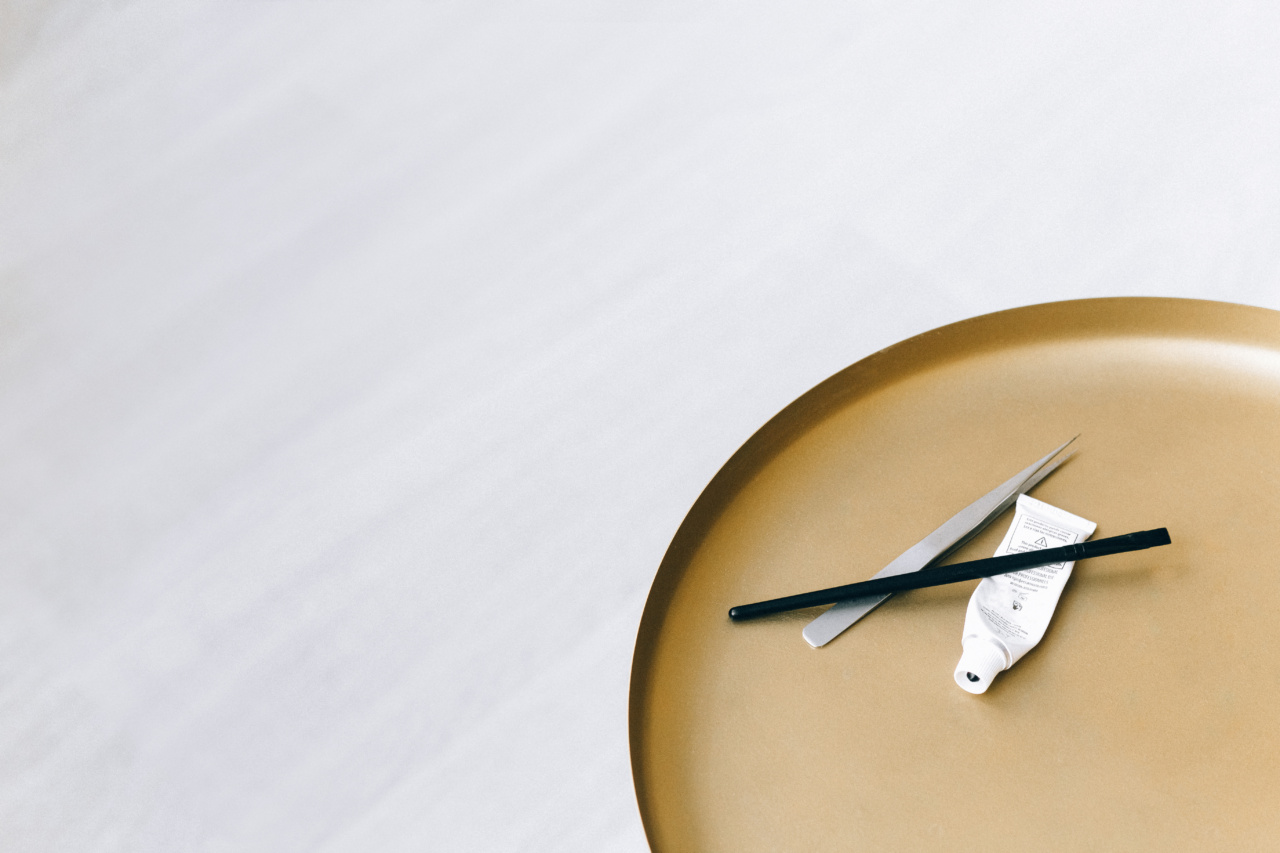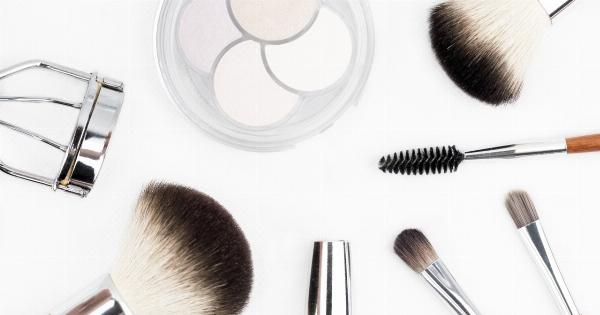If you’re a makeup user, then you know that it can get quite messy when dealing with your cosmetic products. And when it comes to applying makeup, the tools you use are just as important as the products you use.
Makeup brushes, sponges, and other tools can harbor bacteria, oil buildup, and dead skin cells, making them the perfect breeding ground for germs. Here’s why it’s important to give your makeup tools a good detox and how to do it.
Why should you Detox your Makeup Brushes?
There are several reasons why you should detox your makeup brushes regularly, including:.
Preventing Acne Breakouts
When you apply makeup, it can clog your pores, leading to acne breakouts. In addition, when you use dirty makeup brushes that harbor germs, you’re spreading the bacteria on your skin, causing even more breakouts.
By detoxifying your makeup brushes, you’re removing bacteria, dirt, and oil buildup, which can help prevent acne breakouts and promote clear skin.
Extending the Life of your Brushes
Makeup brushes can be quite expensive, so it’s important to take care of them to ensure they last as long as possible.
By cleaning your brushes regularly, you’ll prevent the bristles from becoming caked with product and prevent the buildup of bacteria, which can cause the bristles to weaken and break. This will ultimately save you money in the long run.
Improving your Makeup Application
Dirty brushes that are clogged with product and bacteria can make it difficult to apply makeup smoothly and evenly.
By detoxifying your brushes, you’ll remove the buildup of product, ensuring that your brushes work effectively when you’re applying makeup. This will enable you to apply your cosmetics more accurately, resulting in a more polished look.
How to Detox your Makeup Brushes?
Here’s a step-by-step guide on how to detox your makeup brushes and sponges:.
Step 1: Gather your Supplies
To detox your makeup brushes, you’ll need a few essential supplies, including:.
- Baby Shampoo or brush cleanser
- Warm water
- Paper towels or a clean towel
Step 2: Soak your Brushes
Start by filling a bowl with warm water and adding a small amount of baby shampoo or brush cleanser. Take your dirty makeup brushes and sponges, and gently swirl them in the water to remove any excess product and dirt.
Be gentle to avoid damaging the bristles.
Step 3: Rinse your Brushes
Once you’ve soaked your brushes, rinse them thoroughly under warm running water.
Be sure to hold the brush under the water with the bristles facing downwards to prevent water from getting into the ferrule (the metal part) of the brush, which can cause the glue that holds the bristles to weaken and break.
Step 4: Dry your Brushes
After you’ve rinsed your brushes thoroughly, gently squeeze out the excess water and reshape the bristles if necessary. Lay the brushes flat on a clean towel or paper towel and allow them to air dry overnight.
Avoid putting your brushes back into your makeup bag until they’re completely dry to prevent the growth of bacteria.
How Often Should you Detox your Makeup Brushes?
The frequency at which you should detox your makeup brushes will depend on how frequently you use them. If you wear makeup every day, you should aim to detox your brushes at least once a week.
However, if you only wear makeup occasionally, then it’s okay to detox your brushes once every couple of weeks.
Conclusion
Detoxing your makeup brushes is an important step in ensuring that your cosmetic routine is hygienic and healthy.
By regularly cleaning your brushes and sponges, you’ll prevent the buildup of bacteria, extend the life of your tools, and improve the application of your makeup. Remember to be gentle with your brushes, use the right products, and allow them to air dry fully before using them again.






























